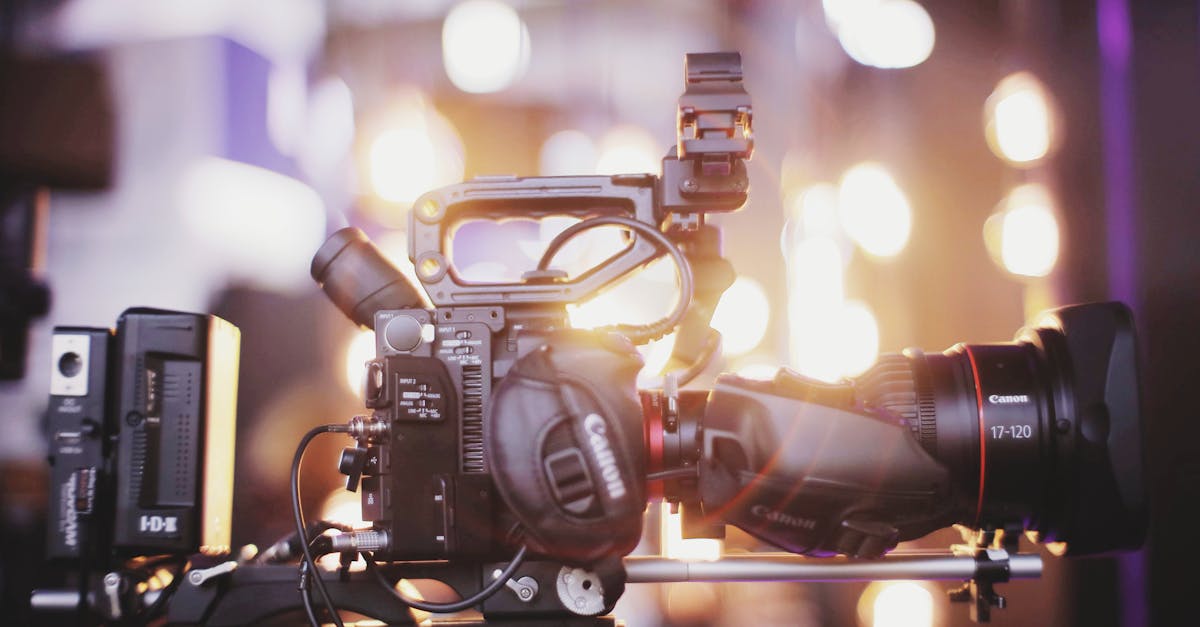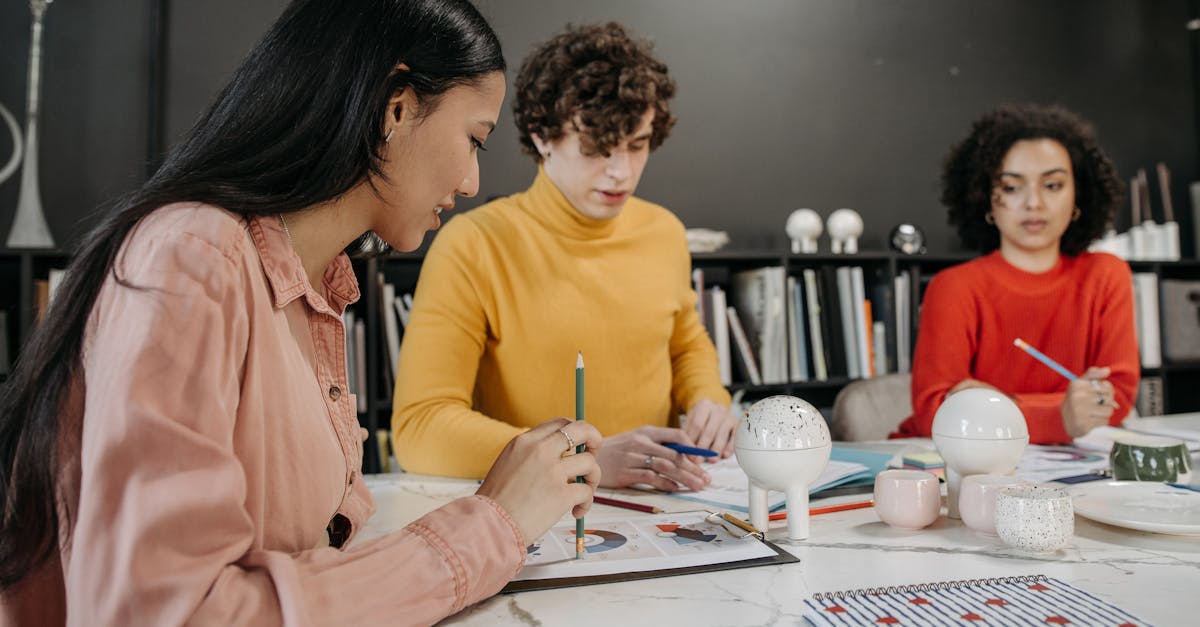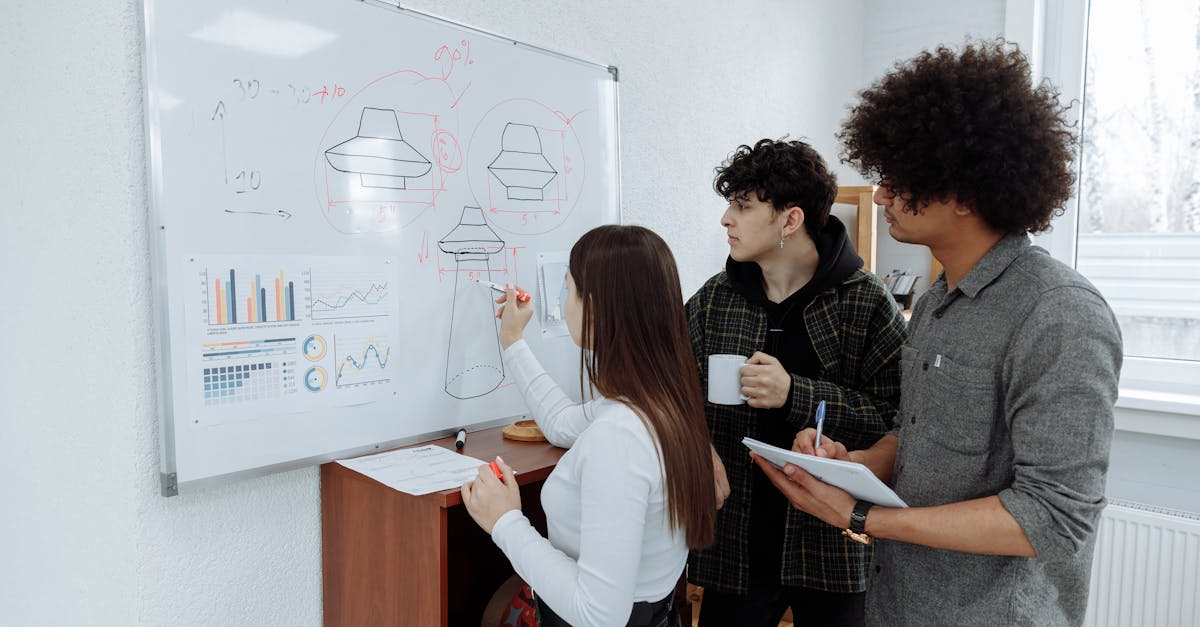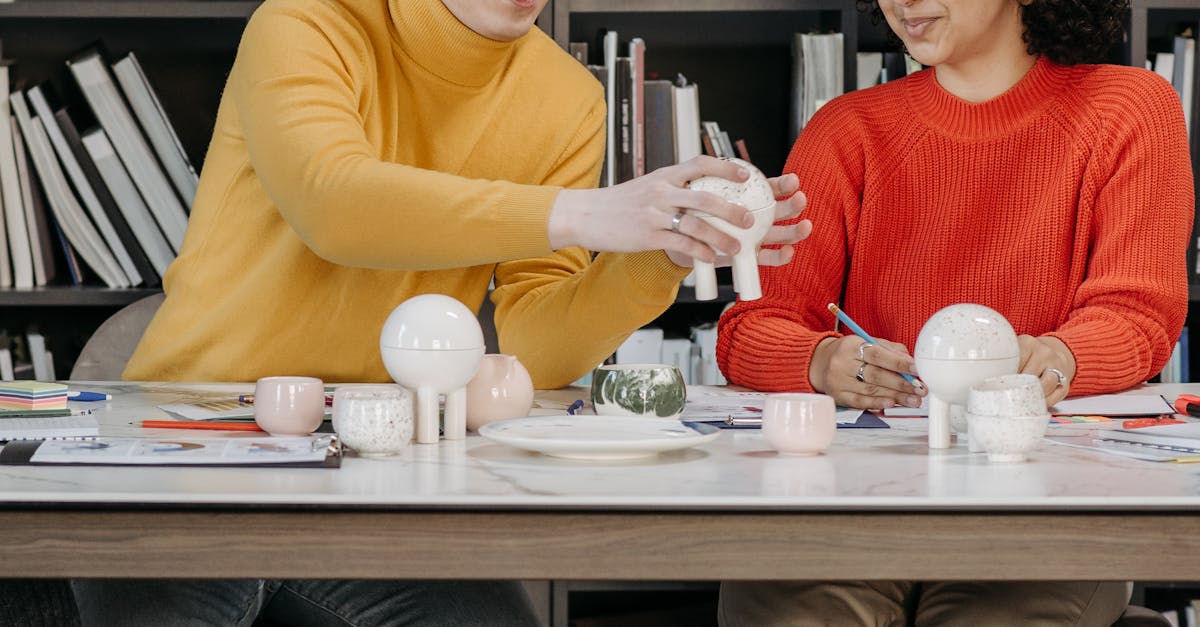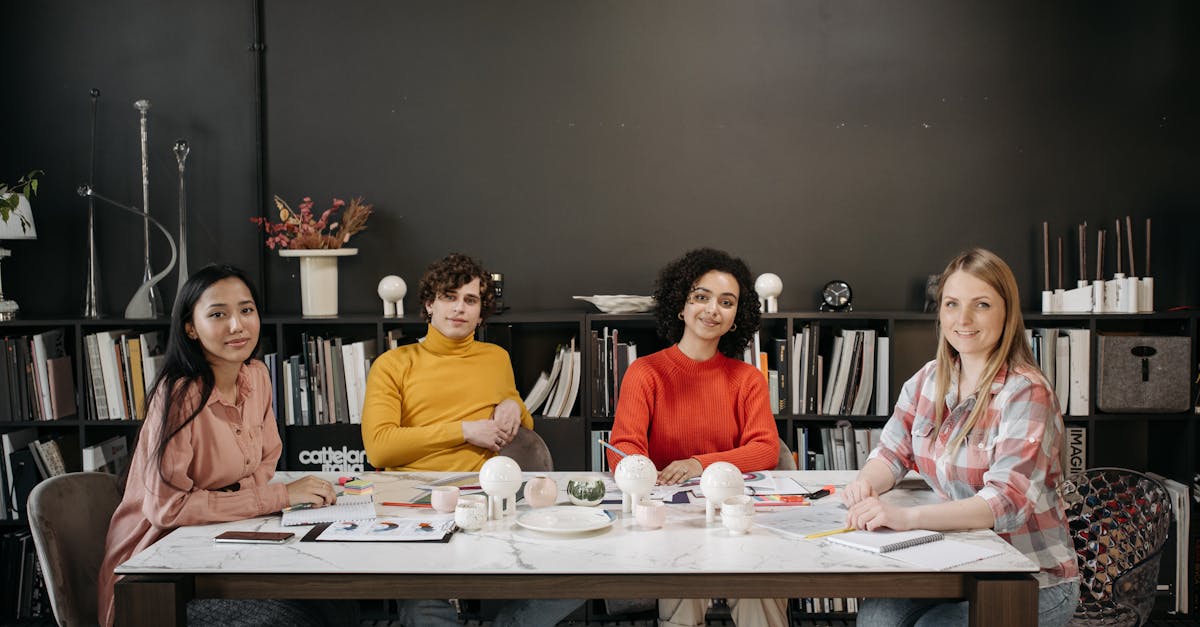
Table Of Contents
Production Design
Production design is a key element in the pre-production phase of any project, ensuring that the visual concepts and sets are in line with the creative vision of the production. It involves creating the overall look and feel of the production, including the design of sets, props, and locations. Pre-production planning in London often involves collaborating with the director and cinematographer to establish a cohesive visual style for the project, taking into consideration the mood, themes, and tone of the story.
Costume and makeup play a crucial role in production design, as they are essential components in outfitting characters and enhancing their appearances on screen. In the pre-production stage, designers work closely with the director and costume department to create costumes that reflect the personalities and backgrounds of the characters. Similarly, makeup artists collaborate with the creative team to develop makeup looks that complement the overall visual aesthetic of the production. This attention to detail during pre-production planning in London helps to ensure that every aspect of the visual design aligns with the narrative and creative vision of the project.
Creating Visual Concepts and Sets
Creating visual concepts and sets is an integral aspect of pre-production planning in Toronto. This step involves translating the script's requirements into tangible visual elements that are essential for bringing the story to life on screen. Production designers play a crucial role in this process, working closely with the director and cinematographer to conceptualize the overall look and feel of the film. They consider various factors such as the time period, setting, and mood of the story to design sets that accurately reflect the narrative and enhance the audience's viewing experience.
In addition to designing sets, creating visual concepts may also involve developing storyboards and sketches to visualize key scenes and sequences. This visual planning helps the director and the production team communicate their vision effectively and ensures that everyone is on the same page regarding the aesthetic direction of the film. By establishing a clear visual roadmap during pre-production, filmmakers can streamline the production process and minimize potential challenges during filming.
Costume and Makeup
Pre-production planning in Vaughan involves the meticulous process of outfitting characters and enhancing their appearances through costume and makeup design. This step requires close collaboration between costume designers and makeup artists to ensure that the visuals align with the overall aesthetic of the production. Costumes are carefully selected or created to reflect the personalities of the characters, their backgrounds, and the time period in which the story is set. Additionally, makeup plays a crucial role in transforming actors into their respective roles, whether it involves creating realistic wounds for a gritty crime drama or enhancing features for a period piece.
Moreover, the costume and makeup team must work closely with the production design department to ensure that the visual concepts and sets complement the overall look of the film or TV show. Coordination is key in this stage of pre-production, as costumes and makeup need to seamlessly blend with the set design to create a cohesive visual narrative. By paying attention to detail and maintaining open communication among all departments, the costume and makeup team plays a vital role in bringing the script to life on screen.
Outfitting Characters and Enhancing Appearances
Outfitting characters and enhancing appearances is a crucial aspect of pre-production planning in Kleinburg. This step involves selecting costumes that reflect the personalities and roles of each character in the film. The costume designers work closely with the production team to create outfits that not only enhance the visual appeal of the characters but also contribute to the narrative of the story.
Moreover, makeup artists play a significant role in transforming actors into their characters. By using makeup techniques, they can age, change appearances, create wounds, or enhance features to bring the characters to life. The collaborative effort between costume designers and makeup artists ensures that the visual representation of each character aligns with the overall vision of the film. Pre-production planning in Kleinburg focuses on every detail, no matter how small, to ensure a cohesive and visually compelling final product.
Equipment and Props
When it comes to pre-production planning in Toronto, acquiring and properly organizing necessary equipment and props is a crucial step in the filmmaking process. Equipment, ranging from cameras to lighting gear, needs to be carefully selected based on the requirements of the production. Props play an essential role in bringing the script to life and adding depth to each scene. Ensuring that all the necessary tools are available and in good working condition is vital for a seamless production process.
In addition to acquiring the equipment and props, organizing them effectively is equally important. Having a system in place for storing and accessing the equipment and props will save time and prevent delays during filming. Each item must be labelled and stored in a designated area to facilitate easy retrieval when needed on set. Proper organization not only streamlines the production process but also minimizes the risk of items getting lost or damaged during pre-production planning in Toronto.
Acquiring and Organizing Necessary Tools
When it comes to the meticulous process of pre-production planning in London, a fundamental aspect involves acquiring and organizing the necessary tools. This step is crucial in ensuring that the production runs smoothly and efficiently. Productions require various tools ranging from cameras and lighting equipment to sound recording devices and editing software. Without these essential tools, the project's quality and success could be compromised.
Moreover, organizing these tools meticulously is equally vital. By categorizing, labelling, and storing equipment properly, the production team can save time and avoid unnecessary delays during filming. A well-organized inventory also aids in tracking equipment usage and maintenance, preventing any last-minute surprises or setbacks. Therefore, investing time and effort into acquiring and organizing the necessary tools during pre-production sets a solid foundation for a successful filmmaking endeavour.
FAQS
What is production design?
Production design is the process of creating the overall look and feel of a film or project, including visual concepts, sets, and props.
What is the role of costume and makeup in pre-production?
Costume and makeup play a crucial role in pre-production by outfitting characters and enhancing their appearances to bring the project to life.
How are visual concepts and sets created during pre-production?
Visual concepts and sets are created by designers who develop the look of the project based on the director's vision, script, and overall aesthetic goals.
What is the significance of acquiring and organizing necessary tools in pre-production?
Acquiring and organizing necessary tools, such as equipment and props, is essential to ensure a smooth production process and bring the creative vision to reality.
Why is pre-production an important phase in the filmmaking process?
Pre-production is a crucial phase in filmmaking as it sets the foundation for the entire project, including planning, budgeting, and preparation, ultimately impacting the success of the final product.
